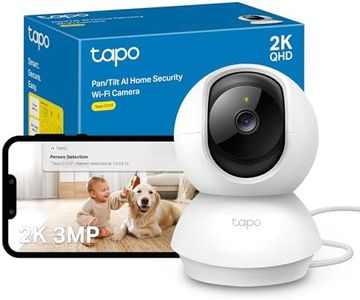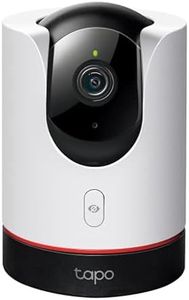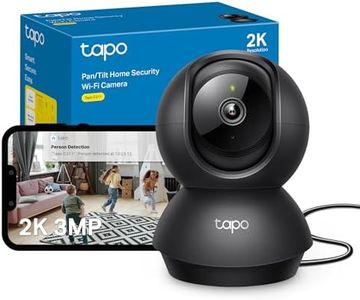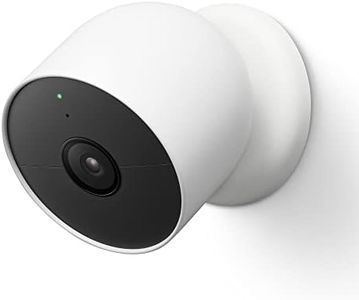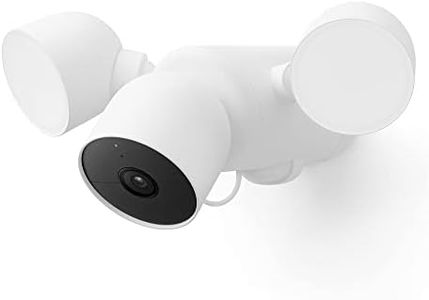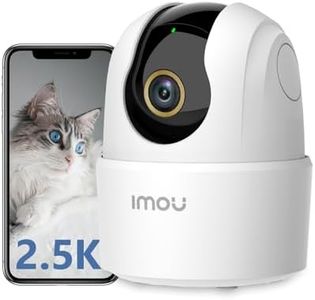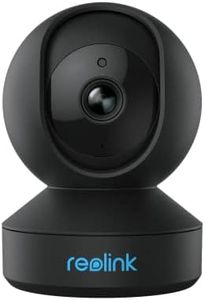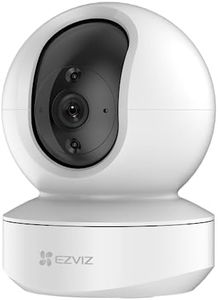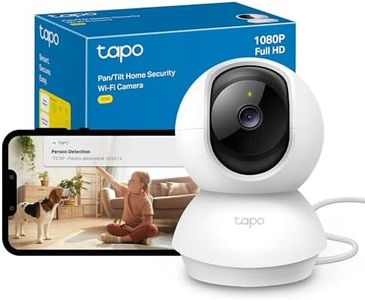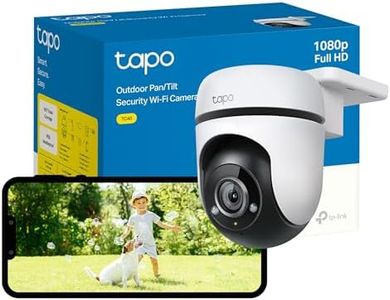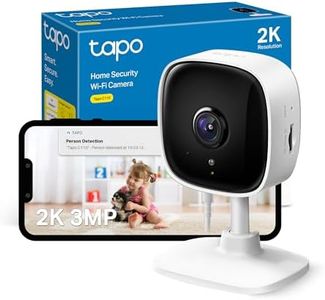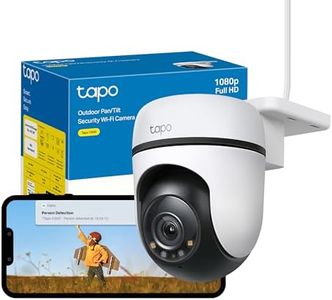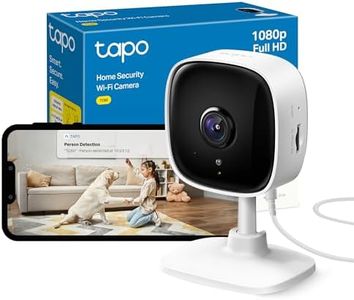We Use CookiesWe use cookies to enhance the security, performance,
functionality and for analytical and promotional activities. By continuing to browse this site you
are agreeing to our privacy policy
10 Best Ip Cameras
From leading brands and best sellers available on the web.Buying Guide for the Best Ip Cameras
Choosing the right IP camera involves understanding your specific needs and the environment where the camera will be used. IP cameras are versatile and can be used for various purposes such as home security, business surveillance, or monitoring outdoor areas. It's important to consider factors like image quality, connectivity, and features that suit your particular situation. By focusing on key specifications, you can ensure that you select a camera that meets your requirements effectively.ResolutionResolution refers to the clarity and detail of the images captured by the camera. Higher resolution cameras provide clearer and more detailed images, which can be crucial for identifying faces or license plates. Common resolutions include 720p, 1080p, and 4K. If you need detailed surveillance, opt for higher resolutions like 1080p or 4K. For general monitoring, 720p might suffice.
Field of ViewField of view is the area that the camera can cover. A wider field of view allows the camera to capture more of the surrounding area, which is useful for monitoring large spaces. Cameras typically range from narrow angles (around 45 degrees) to wide angles (up to 180 degrees). Choose a camera with a field of view that matches the size of the area you need to monitor.
Night VisionNight vision capability allows the camera to capture images in low-light or dark conditions. This is important for 24/7 surveillance, especially in outdoor or poorly lit areas. Night vision is usually achieved through infrared LEDs. Consider the range of night vision, which can vary from a few meters to over 30 meters, depending on your needs.
ConnectivityConnectivity refers to how the camera connects to your network and transmits data. Most IP cameras use Wi-Fi or Ethernet connections. Wi-Fi cameras offer flexibility in placement but may be subject to interference. Ethernet connections provide stable and reliable data transmission. Choose based on your network setup and the location of the camera.
Storage OptionsStorage options determine how video footage is saved and accessed. Common methods include local storage on SD cards, network-attached storage (NAS), or cloud storage. Local storage is convenient but limited in capacity. NAS offers more space and security, while cloud storage provides remote access and backup. Consider how much footage you need to store and how you prefer to access it.
Motion DetectionMotion detection allows the camera to alert you or start recording when movement is detected. This feature is useful for reducing unnecessary recordings and focusing on important events. Sensitivity levels can be adjusted to avoid false alarms. Choose a camera with customizable motion detection settings to suit your environment.
Audio FeaturesAudio features include the ability to record sound and support two-way communication. This can be useful for interacting with visitors or deterring intruders. Some cameras have built-in microphones and speakers. If audio is important for your surveillance needs, ensure the camera supports these features.
Weather ResistanceWeather resistance is crucial for outdoor cameras, ensuring they can withstand various weather conditions like rain, snow, and extreme temperatures. Look for cameras with an IP rating, which indicates their level of protection against dust and water. Choose a camera with a suitable IP rating for your local climate.


